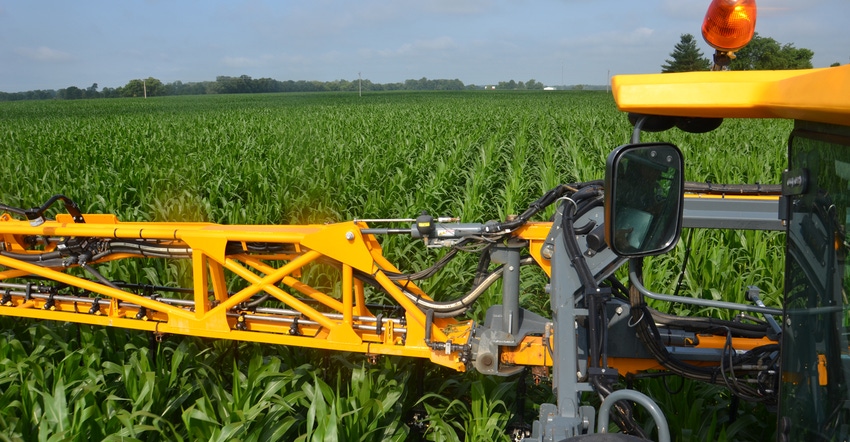June 16, 2022

Many Indiana counties issued property tax assessment Form 11 this spring. Property tax assessments that will be used for calculations to determine property taxes for 2022 payable in 2023 increased up to 20%.
Katrina Hall, legislative specialist and property tax expert with Indiana Farm Bureau, says it’s not time to panic. “Just because your assessment is higher doesn’t mean taxes due next year will increase that much,” she says. “But ask questions, and if you can, consider filing an appeal.”
Also, better acquaint yourself with property tax terminology, she advises. Here’s a short refresher. Thanks to Hall for providing this information.
Property tax assessment. Form 11 from your county assessor shows total assessed value of your property, with a breakdown of every property and structure on county records.
Appeal process. If Form 11 was issued by May 1, you can appeal until June 15. About 20 counties didn’t send Form 11 by May 1. “If you live in one of those counties, you have until June 15, 2023, to appeal,” Hall says. “Appealing gives you a face-to-face meeting with a county official to explain how values were calculated. Use it to make sure there are no structures on your records which should not be there.”
DLGF. The acronym stands for Department of Local Government Finance. This is the body that determines rules and regulations related to property taxes in Indiana.
Local tax levy. This is the amount in dollars that a local unit of government may raise each year through property taxes. Budgets are developed annually at the county level, and DLGF uses these budgets to calculate and approve tax rates for each unit.
Local tax rate. Once budgets are set by a local taxing authority and the property tax assessment is known, a tax rate is set by DGLF, as noted. It’s made up of every entity that receives money from your property taxes, including schools, county government, townships, public libraries, fire service and solid waste districts. A typical rate might be 70 cents to $1.25 per $100 of assessed valuation. Homestead credits and other credits are applied before taxes are calculated.
“This will be a harder process for counties that didn’t send out assessment forms on time,” Hall explains. “They won’t be able to get a firm handle on total assessed valuation because appeals can still happen through June 15, 2023. DLGF set up the rules to encourage counties to send out forms on time.”
Property tax caps. A circuit breaker system was enacted during Gov. Mitch Daniel’s administration. For residential, farmland and commercial property, it’s 1%, 2% and 3%, respectively. In simplest terms, if you own farmland, you can’t be charged more than 2% of total assessed value of your land.
For example, if you own 300 acres of bare land assessed at $1,500 per acre for 2022, total assessment would be $450,000. The most you should pay annually would be $9,000 (450,000 times 0.02).
“In many areas, values still aren’t high enough that property tax caps help,” Hall says. “It varies greatly depending on location.”
You May Also Like




